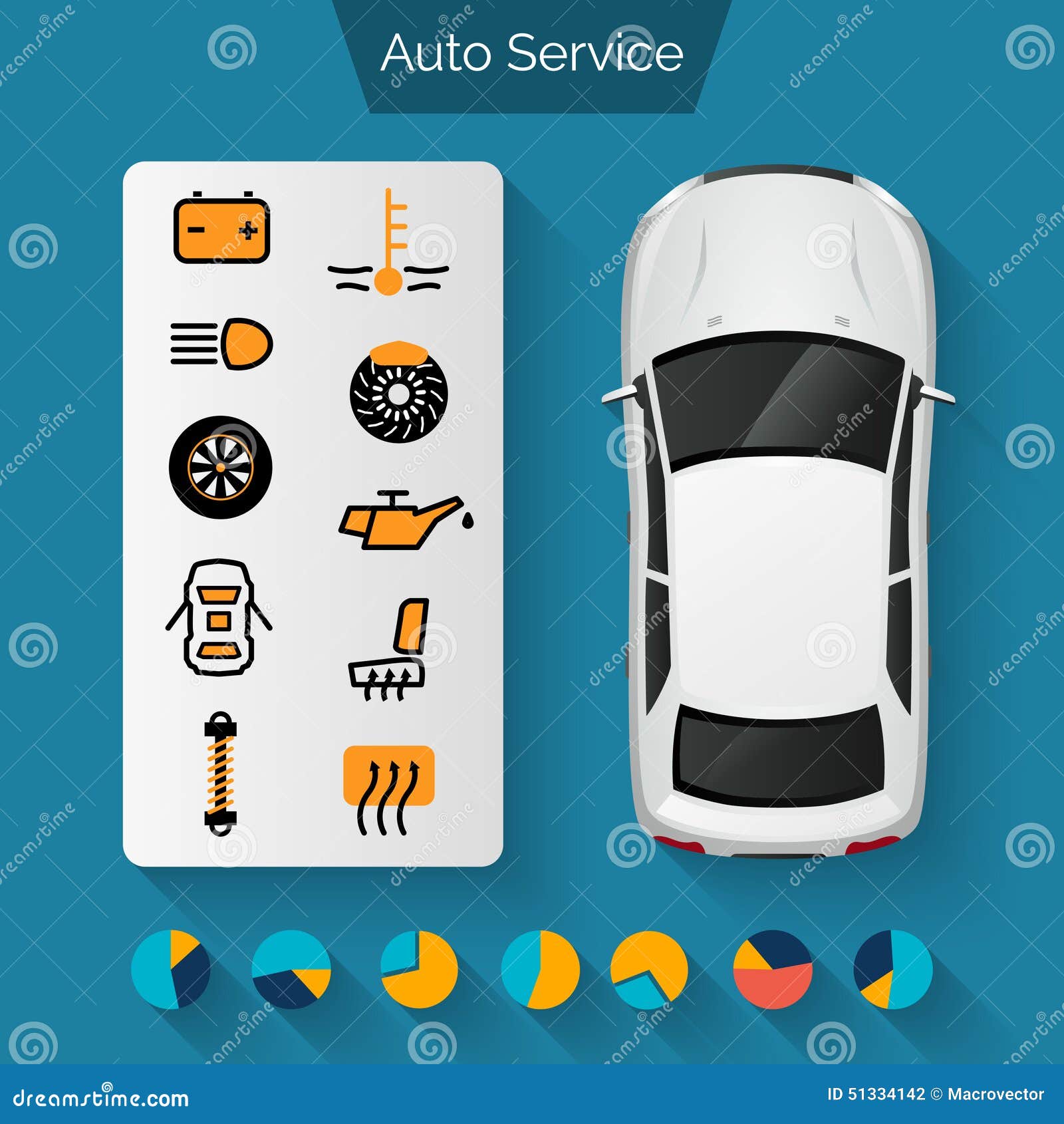Interpreting Your Car'S Alert Lighting: Their True Implications
Interpreting Your Car'S Alert Lighting: Their True Implications
Blog Article
Web Content Created By-Faulkner Shepherd
When you lag the wheel, those beautiful warning lights on your dashboard can be a bit perplexing. Do you know what they're trying to tell you concerning your cars and truck's wellness? Recognizing the value of these lights is vital for your security and the long life of your lorry. So, the next time among those lights appears, would not you wish to decipher its message accurately and take the needed actions to resolve it?
Common Warning Lights and Interpretations
Determine typical caution lights in your car and understand their meanings to make certain secure driving.
One of the most typical warning lights include the check engine light, which indicates issues with the engine or discharges system. If this light comes on, it's vital to have your vehicle checked without delay.
The oil pressure cautioning light indicates low oil pressure, needing immediate interest to avoid engine damage.
A flashing battery light might suggest a damaged charging system, possibly leaving you stranded otherwise attended to.
The tire pressure monitoring system (TPMS) light notifies you to low tire stress, influencing car stability and fuel effectiveness. Neglecting this might cause dangerous driving conditions.
The ABS light indicates an issue with the anti-lock stopping system, compromising your capability to stop rapidly in emergency situations.
Finally, the coolant temperature level alerting light warns of engine getting too hot, which can cause severe damage otherwise settled promptly.
Recognizing these common warning lights will certainly help you attend to concerns without delay and maintain safe driving problems.
Significance of Prompt Attention
Comprehending the typical caution lights in your vehicle is just the primary step; the importance of promptly attending to these warnings can not be highlighted sufficient to guarantee your security when driving.
When a warning light brightens on your control panel, it's your auto's method of connecting a possible concern that requires attention. Overlooking car waxing near me can result in a lot more severe troubles in the future, endangering your security and potentially costing you much more out of commission.
Trigger focus to warning lights can stop malfunctions and mishaps. For https://www.jonesborosun.com/news/supply-chain-issues-continue-for-automotive-industry/article_bb3b85e4-ebc6-5a0e-b6f3-c2573d5df7d8.html , a blinking check engine light could indicate a misfire that, if left unattended, might cause damage to the catalytic converter. Addressing this quickly can save you from a costly repair service.
Likewise, a brake system advising light may indicate low brake liquid or used brake pads, critical components for your safety when driving.
DIY Troubleshooting Tips
If you see a caution light on your dashboard, there are a couple of DIY troubleshooting ideas you can attempt prior to seeking expert aid.
The initial step is to consult your cars and truck's guidebook to recognize what the specific caution light indicates. Occasionally the concern can be as easy as a loosened gas cap setting off the check engine light. Tightening up the gas cap may resolve the problem.
Another typical problem is a reduced battery, which can set off numerous cautioning lights. Examining the battery connections for rust and guaranteeing they're protected could deal with the issue.
If a caution light persists, you can try resetting it by detaching the car's battery for a couple of mins and after that reconnecting it. In addition, checking your automobile's fluid levels, such as oil, coolant, and brake fluid, can assist troubleshoot cautioning lights associated with these systems.
Final thought
Finally, recognizing your cars and truck's caution lights is essential for maintaining your vehicle running efficiently and securely. By immediately attending to these notifies and understanding what they indicate, you can prevent costly fixings and prospective break downs.
Keep in mind to consult your cars and truck's manual for particular information on each advising light and do something about it as necessary to make sure a trouble-free driving experience.
Stay informed, remain secure when driving!
